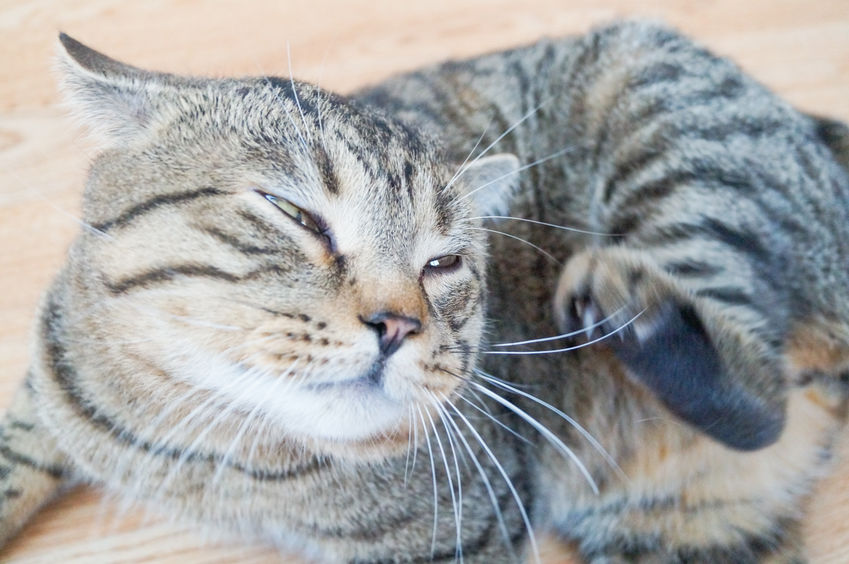Treatment of the feline atopic syndrome – a systematic review
Treatment of the feline atopic syndrome – a systematic review

Open access
In our edition of: Apr 2021
In our categories of: small animals
our summary:
Mueller, R.S. et al (2021) Treatment of the feline atopic syndrome – a systematic review. Veterinary Dermatology, 32 (1), pp 43-e8.
This literature review aimed to summarise and review the evidence on treatments options for the two main manifestations of feline atopic syndrome (FAS): feline atopic skin syndrome (FASS) and asthma.
A literature search was carried out using PubMed and Web of Science, and relevant scientific meeting proceedings and textbooks were also searched. Studies were analysed and rated based on the quality of evidence (QOE) and summaries produced, including information on treatment efficacy and any adverse effects reported. Recommendations for each treatment option were given, with the strength of the recommendation (scored A-C) based on the QOE (scored 1-3).
A total of 72 studies were found, including 58 clinical trials and eight case reports which looked at the efficacy of treatments, five safety and pharmacokinetic studies in healthy cats and one retrospective safety study.
The review of the literature showed that there is satisfactory evidence for the efficacy of systemic glucocorticoids and ciclosporin for the treatment of FASS. There is limited evidence for the efficacy of allergen-specific immunotherapy, oclacitinib and topical glucocorticoids for treatment of FASS.
For feline asthma, there is satisfactory evidence for the efficacy of oral and inhaled glucocorticoids and systemic glucocorticoids. There is limited evidence for moderate efficacy of allergen-specific immunotherapy and limited evidence of low to moderate efficacy of stem cell therapy, inhaled lidocaine and oclacitinib. There was good evidence of poor efficacy of maropitant for the treatment of feline asthma.
The authors conclude that more randomised controlled trials are urgently needed.
Limitations of the review include the lack of detail on the search strategy used and the broad categories used to score QOE.
This review provides useful evidence-based recommendations on the treatment options for feline atopic syndrome, which will help veterinary practitioners when discussing treatment plans. The review highlights the limited amount of quality data available for many of the treatment options.
Other relevant resources
Halliwell, R.E. et al (2021) Feline allergic diseases: introduction and proposed nomenclature. Veterinary Dermatology, 32 (1), pp. 8–e2. https://doi.org/10.1111/vde.12899
Halliwell, R.E. et al (2021) Immunopathogenesis of the feline atopic syndrome. Veterinary Dermatology, 32 (1), pp. 13–e4 https://doi.org/10.1111/vde.12928
Santoro, D. et al (2021) Clinical signs and diagnosis of feline atopic syndrome: detailed guidelines for a correct diagnosis. Veterinary Dermatology, 32 (1), pp. 26–e6 https://doi.org/10.1111/vde.12935
Image copyright attribute: Iuliia Vasileva
Join the discussion
We encourage discussion on all material highlighted in each edition of inFOCUS. Use the button below to join the conversation on Twitter and include your comment in the feed for this issue.






Leave a Reply
Want to join the discussion?Feel free to contribute!